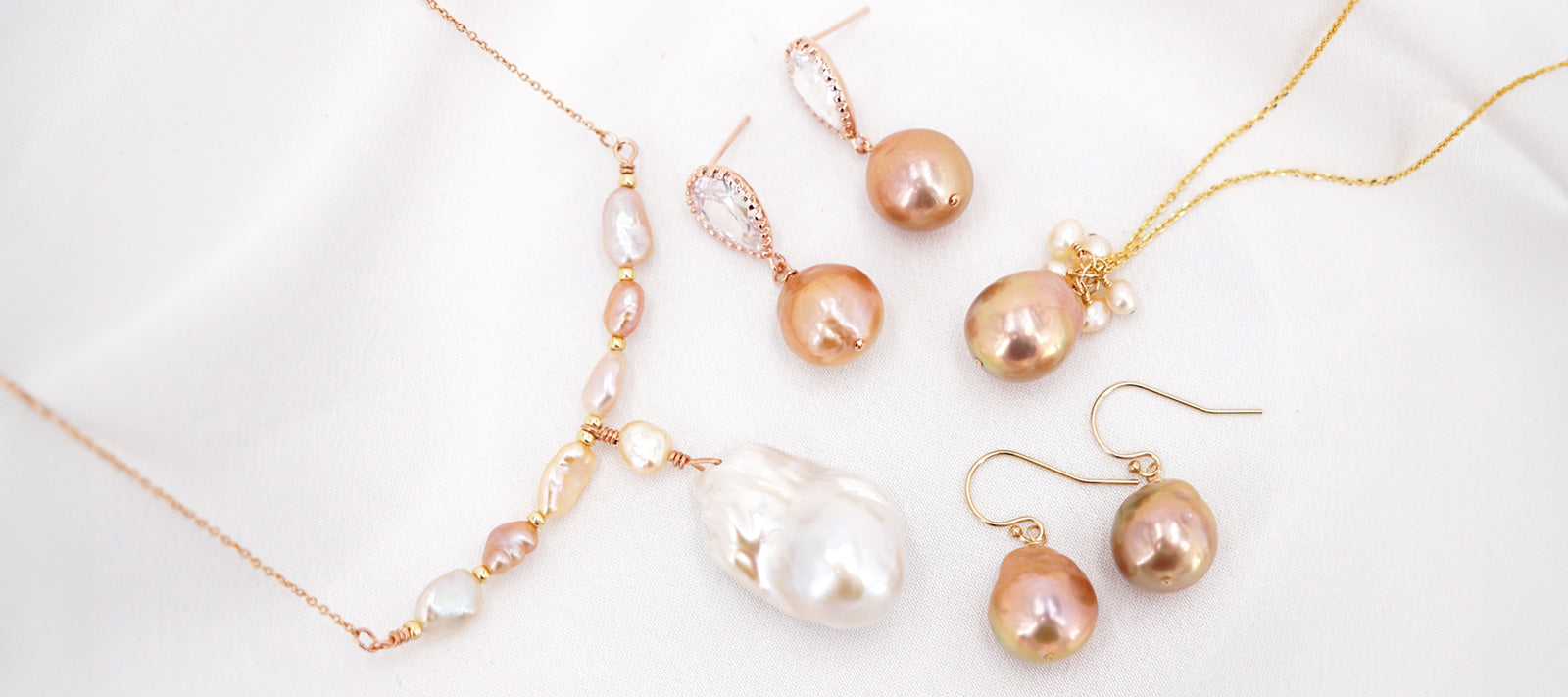Your Cart is Empty
BUY 2 GET 20% OFF! Happy Mother's Day!
Pearls have been treasured for centuries for their natural beauty and timeless elegance. Whether adorning necklaces, earrings, or bracelets, pearls add a touch of sophistication to any ensemble. However, with the proliferation of imitation pearls flooding the market, distinguishing between real and fake pearls can be challenging. If you're a jewelry enthusiast seeking to verify the authenticity of your pearls, here's a comprehensive guide to help you discern the real from the faux.
Examine the Surface: Real pearls typically have a slightly rough or gritty texture due to the presence of microscopic imperfections. Gently rub two pearls together—if they feel smooth, they're likely fake. Real pearls also exhibit a soft, natural luster that imitation pearls often lack.
Check for Flaws: Inspect the surface of the pearl for irregularities, such as bumps, pits, or cracks. Real pearls are formed organically and may display minor imperfections, whereas fake pearls tend to have a flawless, uniform surface.
Evaluate the Color: Natural pearls come in a variety of hues, ranging from creamy white to deep black. Look for subtle variations in color and iridescence, as genuine pearls often possess a unique, multidimensional sheen. Be cautious of pearls that appear too perfect or unnaturally vibrant in color, as they may be artificially dyed.
Assess the Weight: Real pearls are heavier than their imitation counterparts due to their solid nacre composition. Hold the pearls in your hand and compare their weight to similarly sized beads—if they feel unusually lightweight, they're likely fake.
Perform the Tooth Test: Gently rub the pearl against the surface of your teeth. Real pearls will feel slightly gritty or sandy, whereas fake pearls will feel smooth. However, exercise caution with this method, as excessive friction can damage the pearl's surface.
Examine the Drill Holes: Inspect the drill holes of the pearls for signs of wear or flaking. Real pearls typically have clean, well-defined drill holes, whereas fake pearls may exhibit rough edges or chipped surfaces.
Seek Professional Verification: If you're still unsure about the authenticity of your pearls, consider consulting a reputable jeweler or gemologist for professional evaluation. They can perform advanced tests, such as X-ray imaging or microscopic analysis, to confirm the pearls' authenticity.
In conclusion, while determining the authenticity of pearls may require careful observation and examination, the intrinsic beauty and value of genuine pearls make the effort worthwhile. By employing these techniques and trusting your instincts, you can confidently identify real pearls and ensure that your jewelry collection remains a cherished investment for years to come.
Comments will be approved before showing up.
